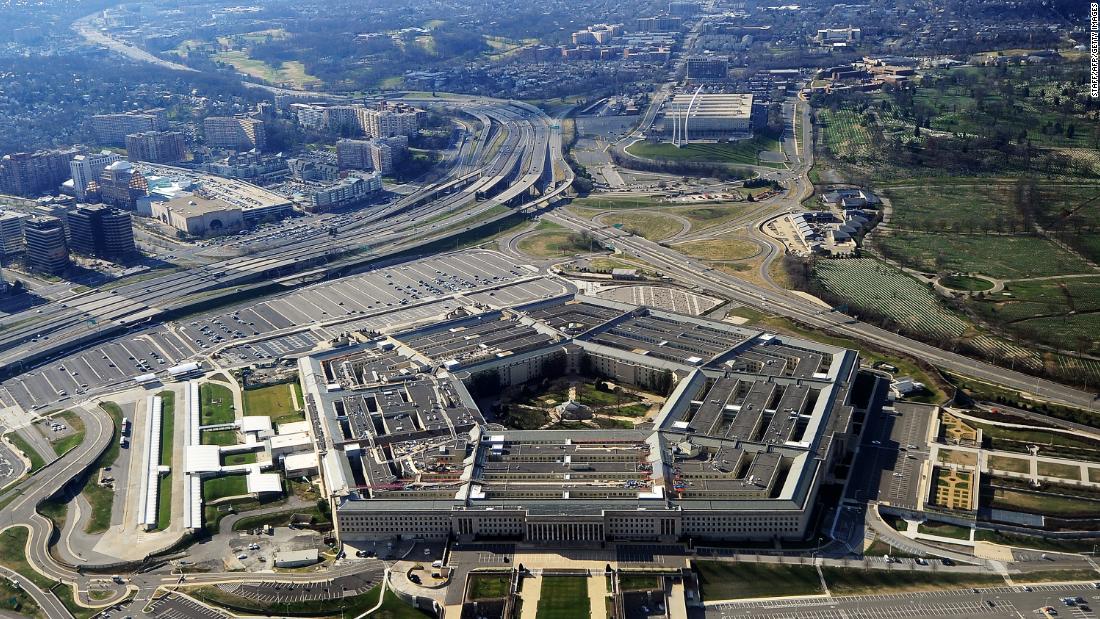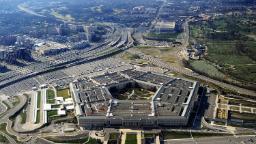

Following the rocket attack, US attack helicopters returned fire and destroyed three vehicles as well as the equipment used to launch the rockets, according to Central Command. Initial assessments indicate that two or three people involved in carrying out the attacks were killed.
“We have a total spectrum of capability to mitigate threats across the region, and we have every confidence in our ability to protect our troops and Coalition partners from attacks,” said Gen. Michael “Erik” Kurilla, commander of US Central Command.
Earlier Wednesday, a senior Pentagon official said the US would work to defend its service members and capabilities in the region.
“We’re not going to hesitate to defend ourselves,” said Colin Kahl, the under secretary of defense for policy, at a briefing to reporters on Wednesday. “We’re not going to tolerate attacks by Iran-backed forces on our forces anywhere in the world, to include in Syria, and we won’t hesitate to protect ourselves and take additional measures as appropriate.”
The strike was intended to target 11 bunkers used for ammunition storage and logistics support by Iranian-backed groups in Syria, Col. Joe Buccino, a spokesman for US Central Command, said.
But shortly before CENTCOM carried out the strike, the military waved off two more of the bunkers because of a small group of people nearby. In the end, Buccino said the military struck nine bunkers in the complex in eastern Syria.
At the time of last week’s strikes, the coalition did not say who was responsible for either of the attacks
The US maintains approximately 900 troops in Syria, largely split between the At-Tanf base and the country’s eastern oil fields.
This story has been updated with additional reporting.
CNN’s Paul LeBlanc, Hamdi Alkhshali, Natasha Bertrand, Devan Cole, Ellie Kaufman and Michael Callahan,
